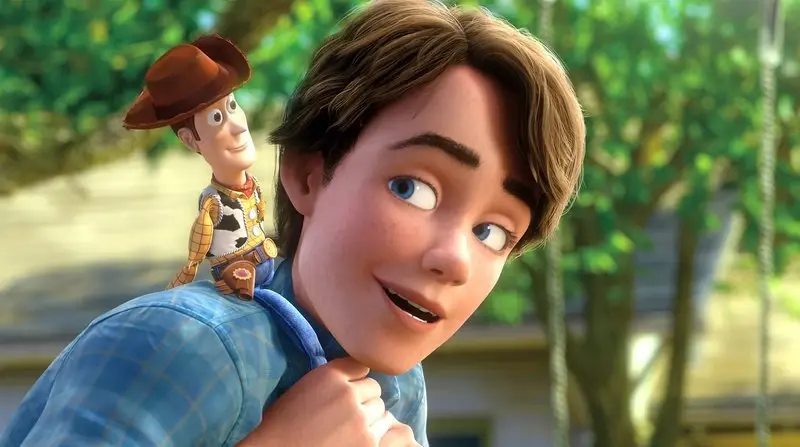Toy Story is The Greatest Story Ever Told (and it’s a prohibited in our house)
- Scott Barnard

- Sep 9, 2025
- 2 min read
Updated: Sep 17, 2025

Toy Story is a heartbreaking experience. At its core, it is about the death of a parent, attachment, acceptance, and letting go - but told through the eyes of a child, with imagination, fun, and humour.
When it was released, I was mesmerised by the animation. Nothing like it had ever been seen before: the lighting, the reflections, the textures - realistic yet still cartoonish. It was astonishing. Pixar’s work, backed by Steve Jobs’ vision, put computer animation on the map and forever changed cinema.
On top of that, it was funny. Tom Hanks and Tim Allen were perfect casting, their comic rhythms bouncing off each other like Laurel and Hardy. The supporting cast - Wallace Shawn, Annie Potts, Jim Varney - gave each toy a distinct personality, making their little world feel alive. In later films, actors best known from Seinfeld (Wayne Knight and Estelle Harris) joined the mix, adding to the delight of watching toys banter, quarrel, and bond like people.

And that was part of the film’s brilliance - though it also led some to dismiss it. On the surface, it was a kids’ movie about talking toys. But for those who stepped in, it was magical: groundbreaking animation, clever comedy, and an adventure full of heart. Beneath all that colour and play, though, lay a hidden theme of loss - one most viewers overlooked.
As a kid, I didn’t overlook it. I watched Toy Story again and again, and soon I noticed something strange. Andy’s dad was missing. He wasn’t divorced - his photo still appeared in the house. But he never returned. Slowly, it dawned on me: Andy’s dad had died.

That realisation reshaped how I saw everything. Why was Andy’s favourite toy a cowboy sherif? By the ’90s, cowboys weren’t exactly the toy of choice for kids. Then it clicked: Woody wasn’t just Andy’s toy - he was his father’s. A relic of another generation, when boys played cowboys and Indians. When Andy played with Woody, he wasn’t simply playing with a doll - he was keeping a connection to his dad alive. In his imagination, Woody was his father. A memory embodied in a toy.
By the time Toy Story 3 arrived, this understanding made the film almost unbearable. Andy, now older, prepares to leave for college and he passes his toys on to someone else. On its surface, it’s a bittersweet farewell to childhood. But when you see Woody as Andy’s father’s toy, it cuts much deeper. In giving Woody away, Andy isn’t just letting go of his toys or his youth - he is letting go of his father.

That’s why I’ve only ever watched Toy Story 3 once. I can’t do it again. It’s not just sad; it’s devastating. The trilogy hides within a children’s adventure the greatest story ever told: the story of love, loss, memory, and the painful necessity of letting go.

